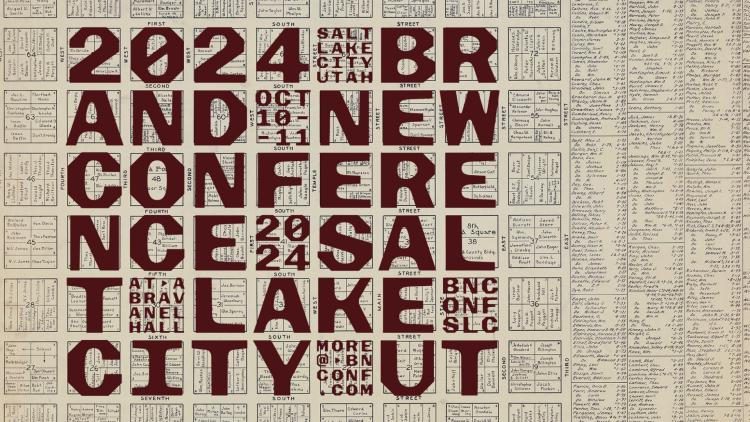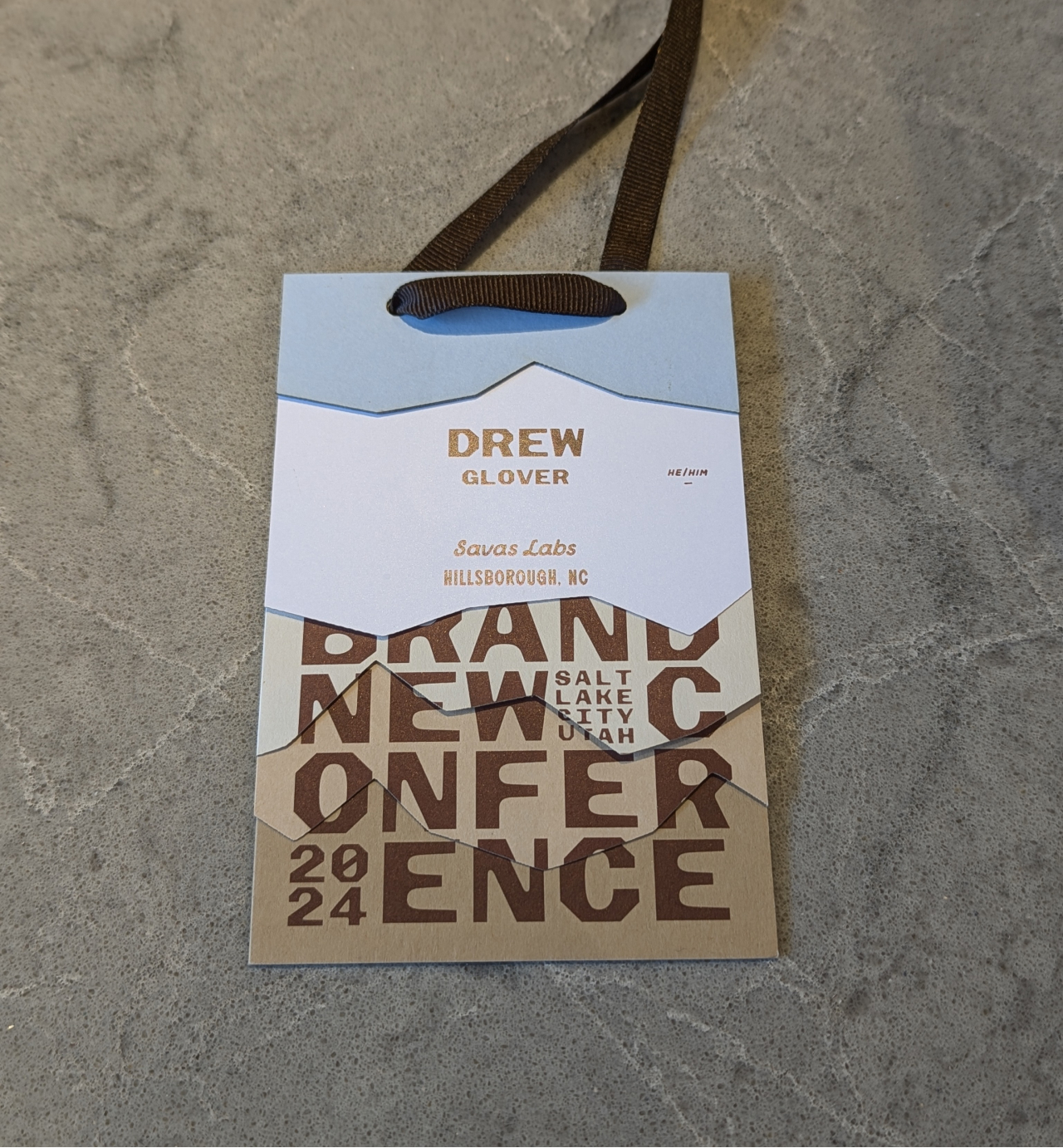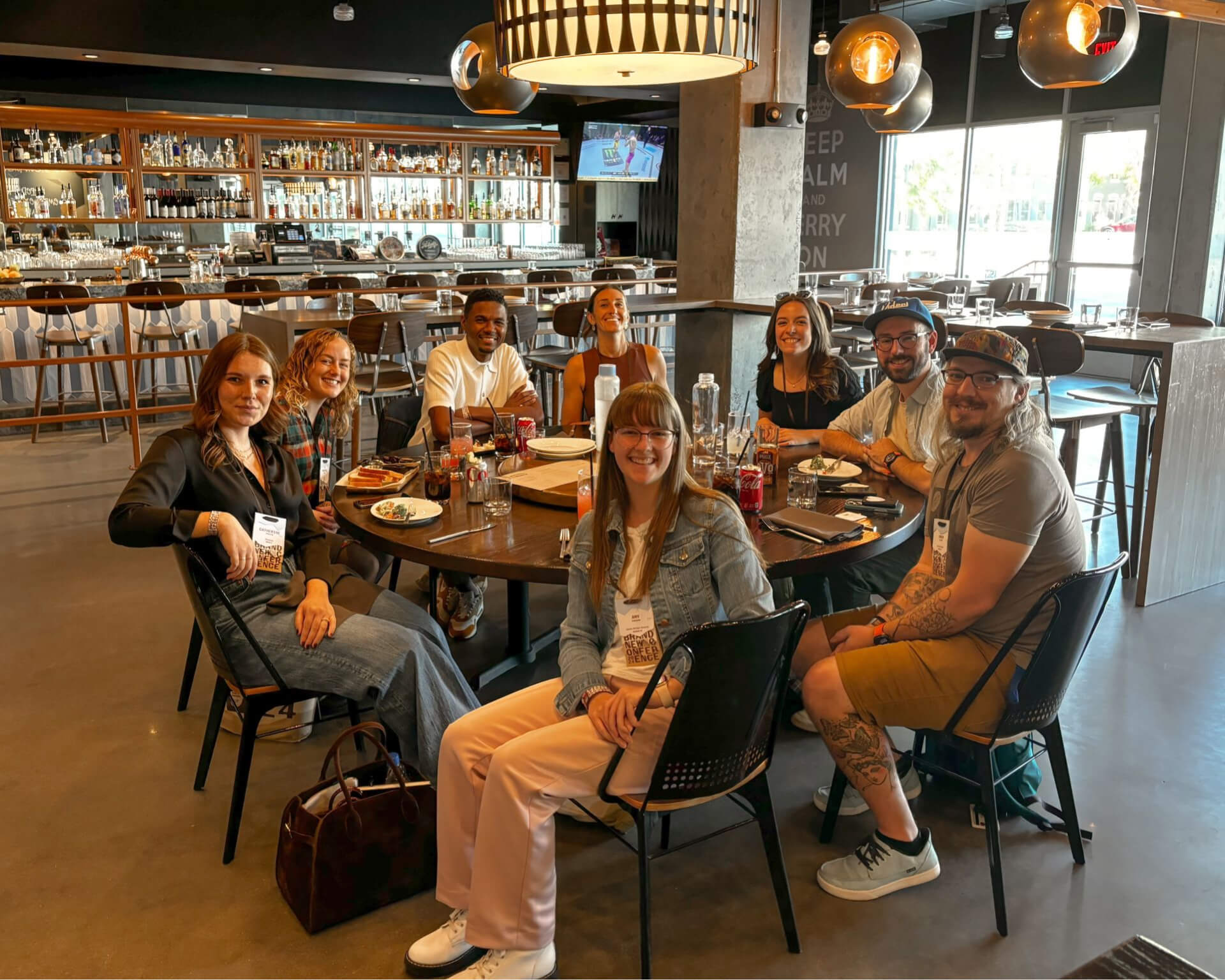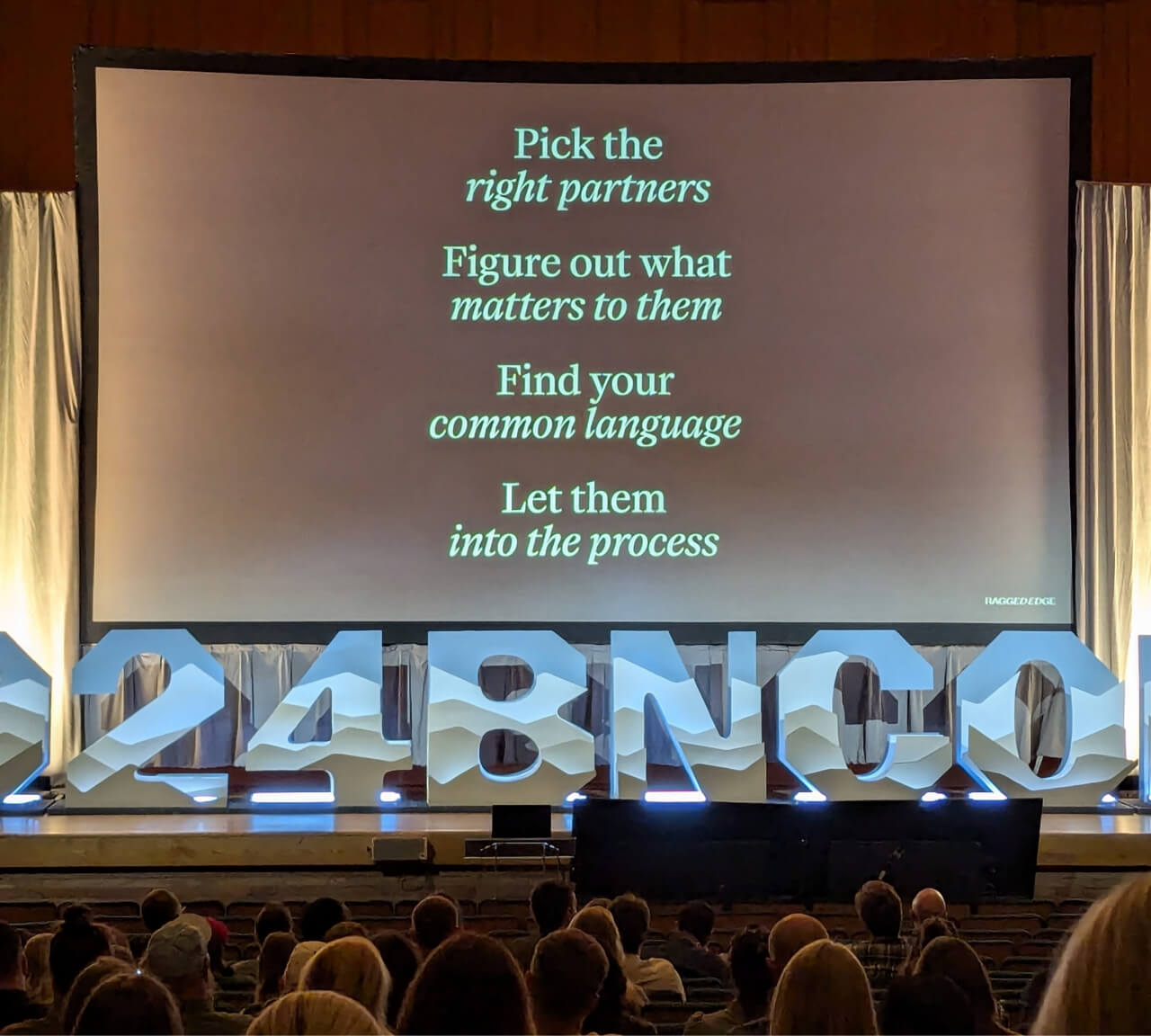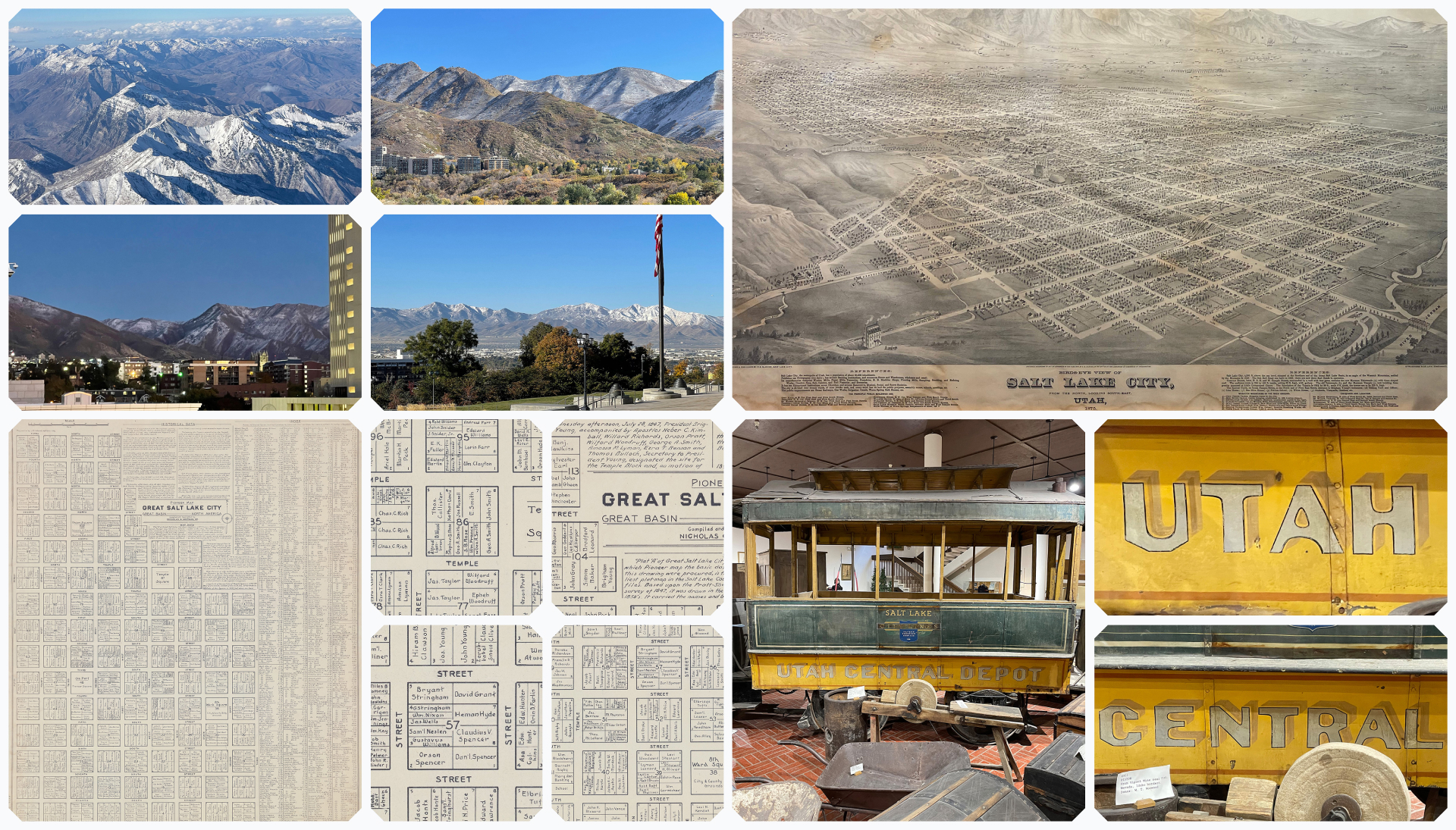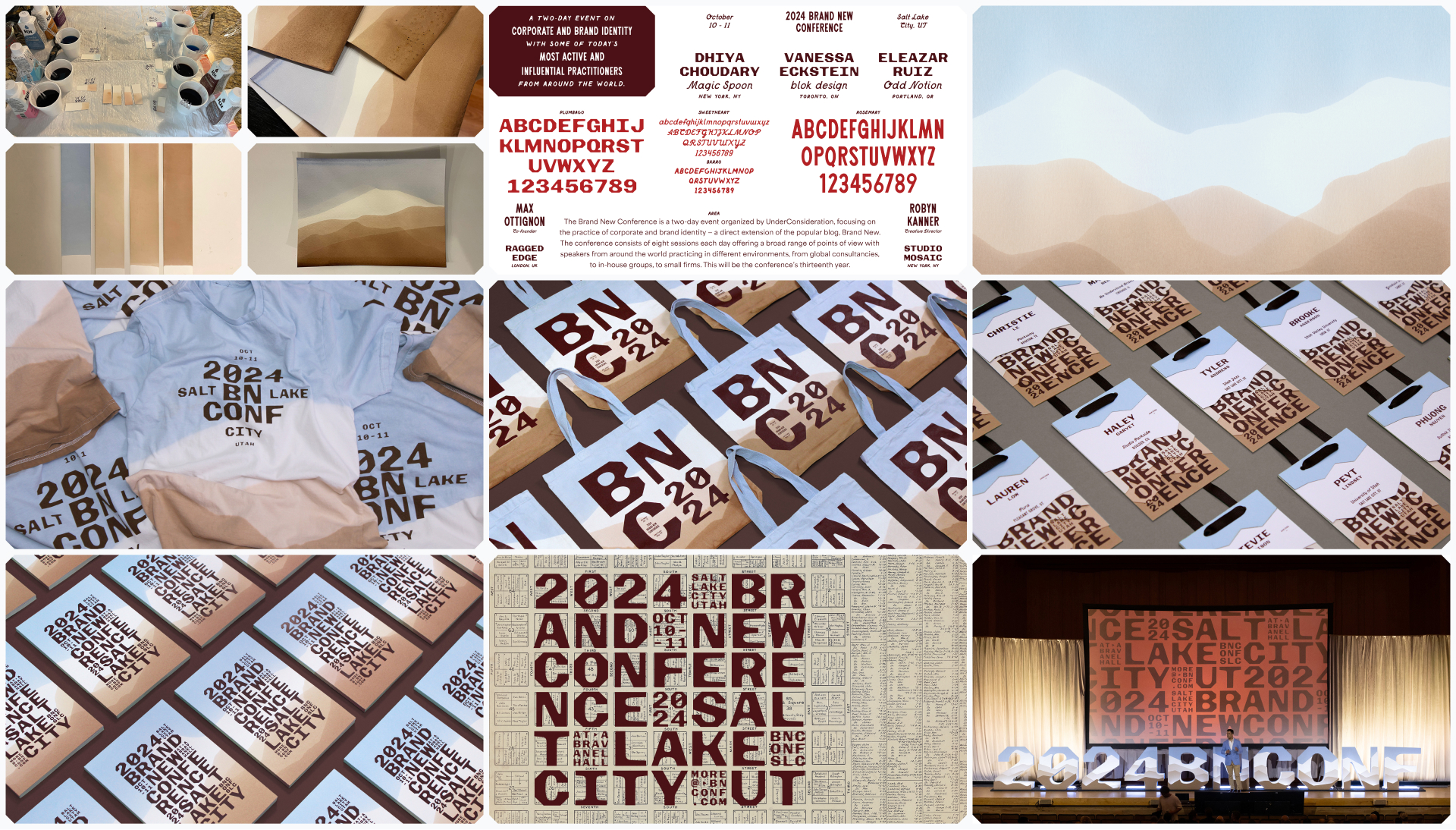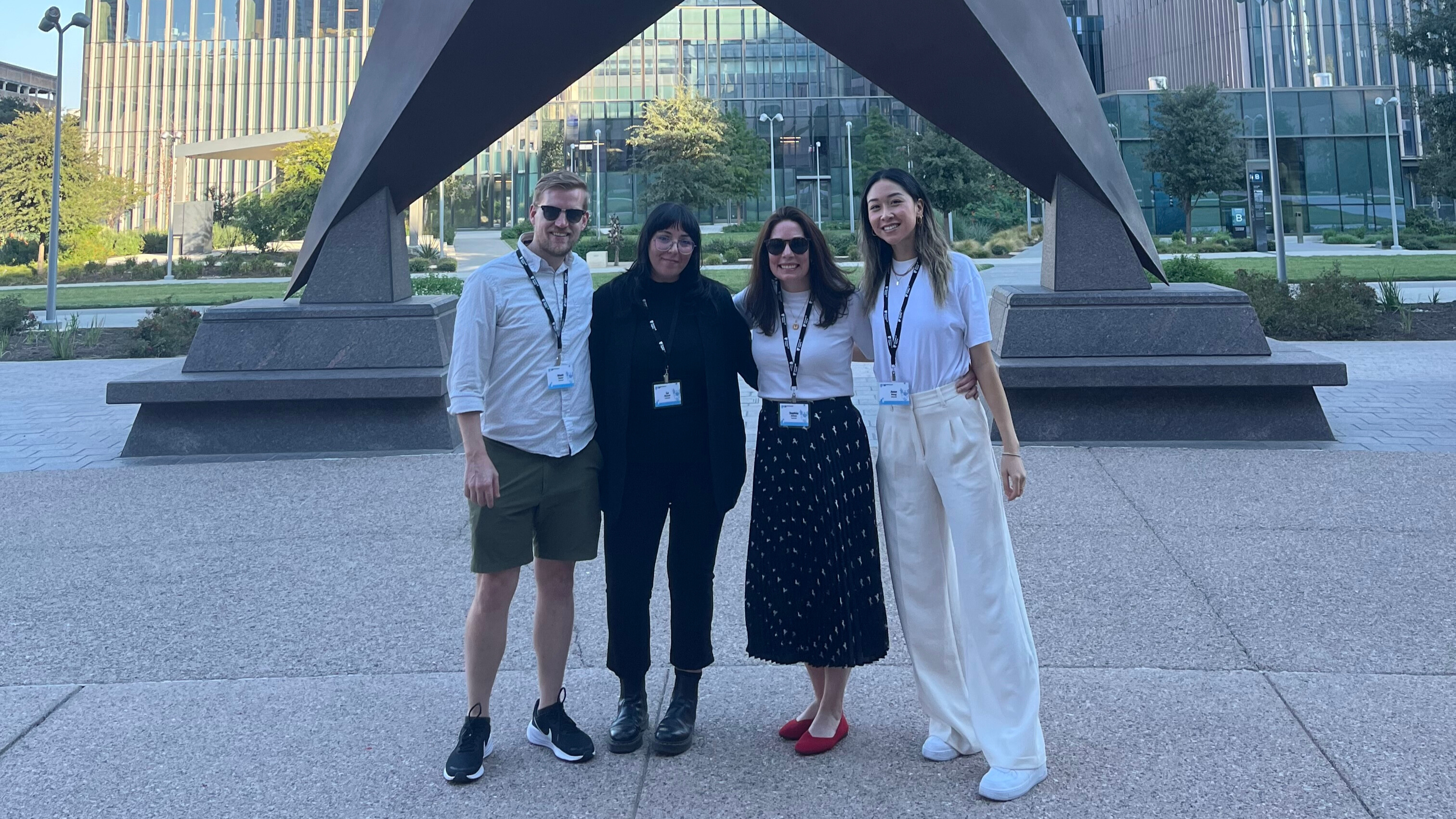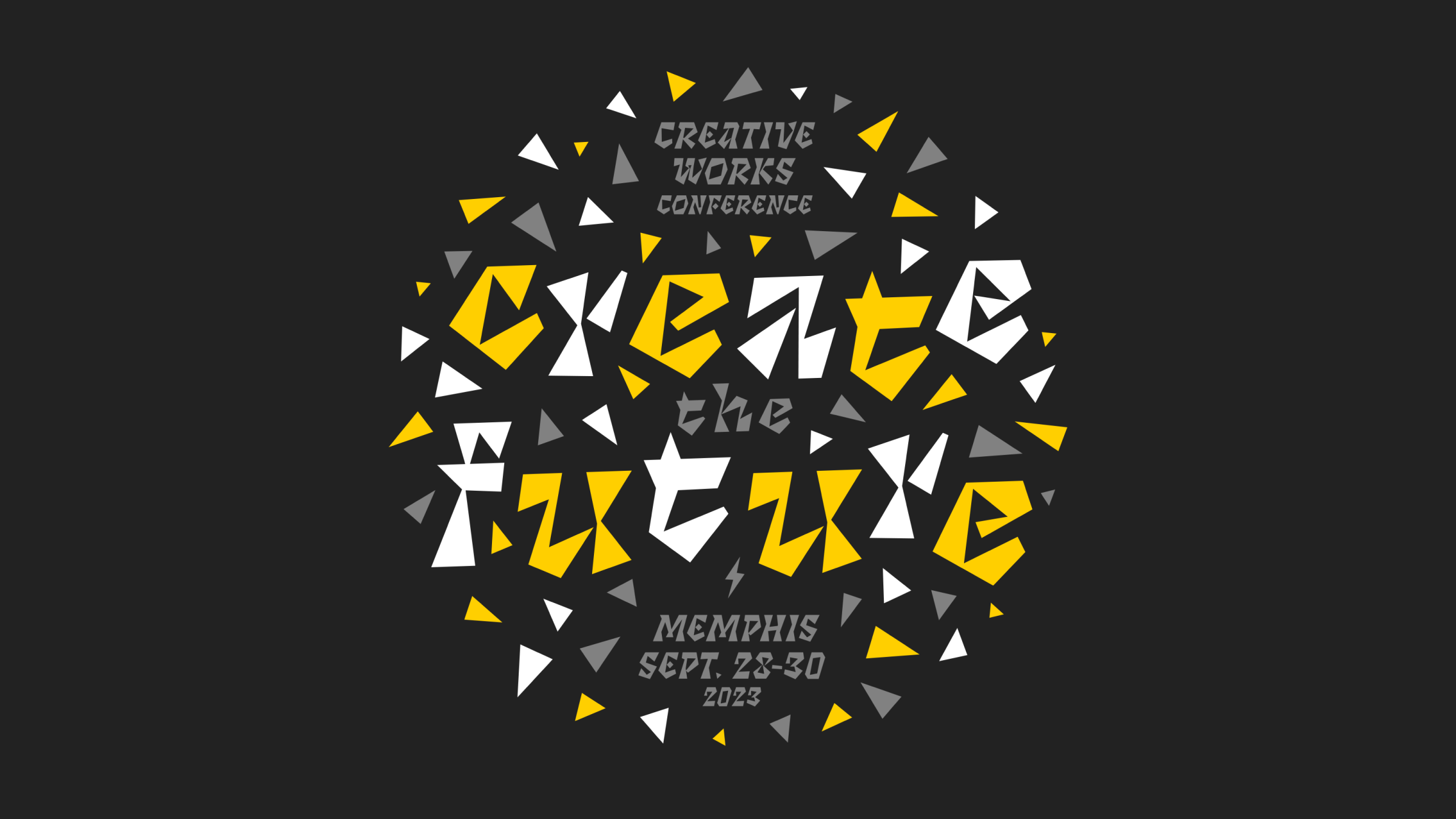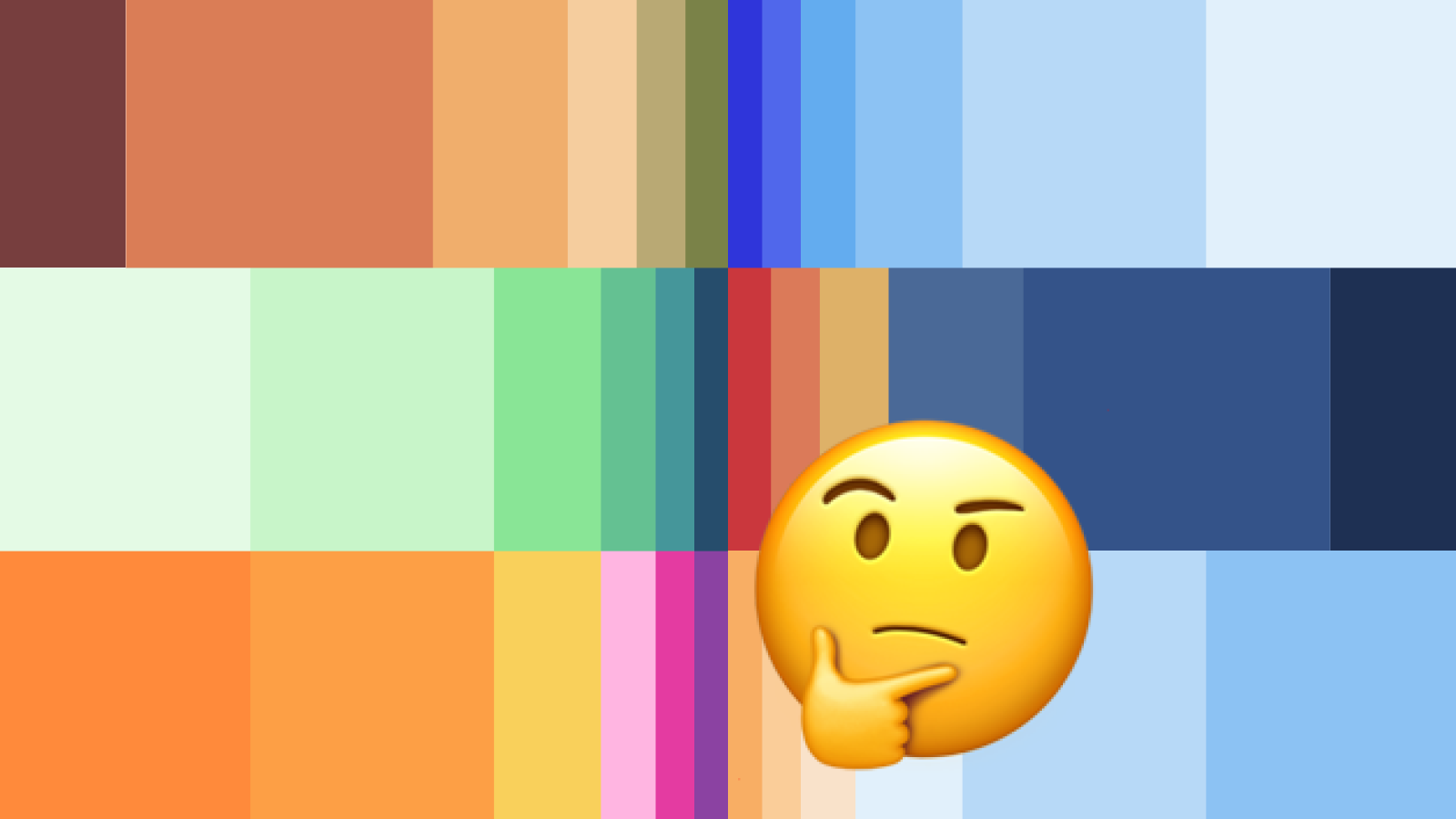“Find your common language” is, in so many words, How We Design Websites At Savas. From the perspective of the web design client, it’s important to stay aware that everything you’re talking to your client about—wireframes, information architecture, flyouts, hover states—is probably totally new, nearly a foreign language. Not only is it our job as consultants to create those deliverables, but it’s also our responsibility to create an environment of understanding for the client to receive, question, and understand those deliverables in the terms of their business and project goals.
It can be extremely frustrating when clients push back on design decisions. But, if we approach it as a collaborative process instead of an adversarial one, we're much more likely to get buy-in and alignment. Hearing this nearly first thing in the morning was an incredible validation check that reached out from its base in identity work to my own experience in UI/UX.
The final speaker of the conference, Michael Benjamin, reinforced this notion by discussing the merits of learning how to teach a design course at the University of Colorado ultimately led to learning how to give his clients the knowledge they needed to be active participants in the success of their project. Design isn’t a mystical science, it’s a process; a process that deeply rewards understanding.

